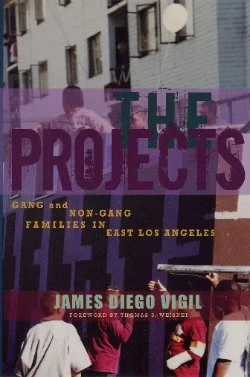By Josine Junger-Tas, Ineke Haen Marshall, Dirk Enzmann, Martin Killias, Majone Steketee, and Beata Gruszczyāska
This book presents the first comprehensive analysis of the second International Self-Report Delinquency study (ISRD-2). An earlier volume, Juvenile Delinquency in Europe and Beyond (Springer, 2010) focused mainly on the findings with regard to delinquency, victimization and substance use in each of the individual participating ISRD-2 countries. The Many Faces of Youth Crime is based on analysis of the merged data set and has a number of unique features: The analyses are based on an unusually large number of respondents (about 67,000 7th, 8th and 9th graders) collected by researchers from 31 countries; It includes reports on the characteristics, experiences and behaviour of first and second generation migrant youth from a variety of cultures; It is one of the first large-scale international studies asking 12-16 year olds about their victimization experiences (bullying, assault, robbery, theft); It describes both intriguing differences between young people from different countries and country clusters in the nature and extent of delinquency, victimization and substance use, as well as remarkable cross-national uniformities in delinquency, victimization, and substance use patterns; A careful comparative analysis of the social responses to offending and victimization adds to our limited knowledge on this important issue; Detailed chapters on the family, school, neighbourhood, lifestyle and peers provide a rich comparative description of these institutions and their impact on delinquency; It tests a number of theoretical perspectives (social control, self-control, social disorganization, routine activities/opportunity theory) on a large international sample from a variety of national contexts; It combines a theoretical focus with a thoughtful consideration of the policy implications of the findings; An extensive discussion of the ISRD methodology of ‘flexible standardization’ details the challenges of comparative research.
New York; Dordrecht; Heidelberg; London: Springer Science+Business Media, 2012. 384p.














